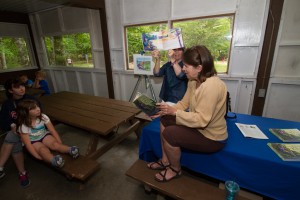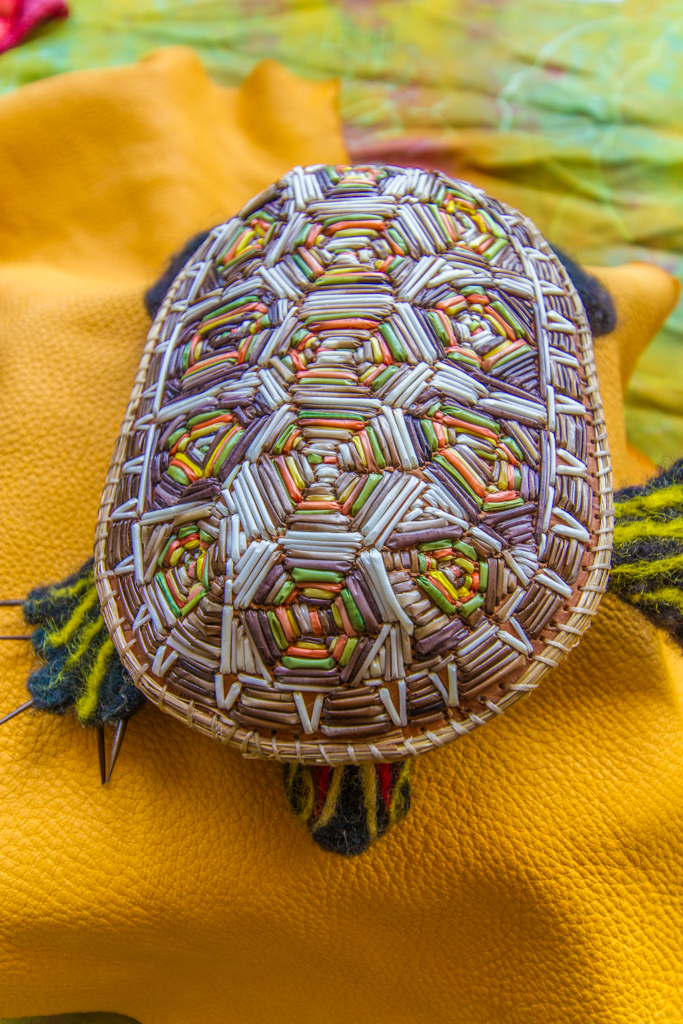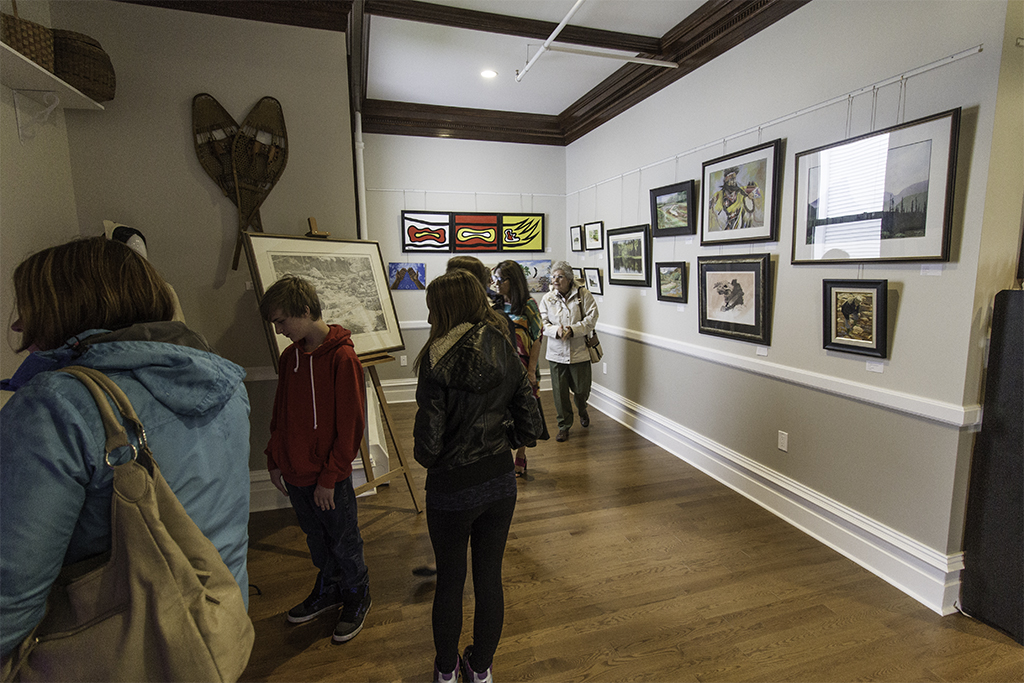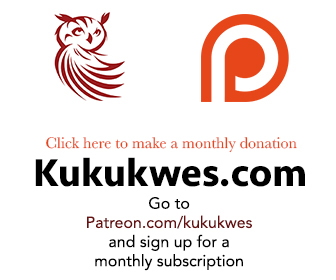
Ursula Johnson says incorporating traditional Mi’kmaq stories into the annual Storytelling Festival at Kejimkujik National Park was important to her.
“In the first year that we created the storytelling festival, we really focussed on oral history and oral traditions which is very important in Mi’kmaq communities,” Johnson, who works at Kejimkujik, explained.
“Even though there are things such as mythological creatures or legends in a lot of our oral histories, people think oral history to be more fiction. But when you look at oral history, you can see that some elements may have been fiction but a lot of it is indeed fact such as the (Mi’kmaq) petroglyphs here in Kejimkujik.”
Kejimkujik National Park has been running the storytelling festival since 2011. This year’s festival was held on July 18 which was also National Parks Day. The festival included:
- Maritime storytelling with Cindy Campbell-Stone
- Launch of children’s book “The King of Keji” by Jan L. Coates
- The legend of Jipijka’m – The Green-Horned Serpent by Ursula Johnson

“The Storytelling Festival is about stories but not read stories or written stories but more traditional oral stories that are either told or said or created from crafts with the help of interpreters,” Audrey Lesvesque, the park’s visitor experience project development officer, said.
“It’s part of the folklore. I like the Mi’kmaq folklore,” Lesvesque said. “It just entices the imagination. They’re so colourful.”
Johnson, 35, from Eskasoni First Nation, N.S. has been involved with the storytelling festival since it began. She uses her training in theatre and fine arts to tell stories based on Mi’kmaq mythology.
For this year’s festival, Johnson held an afternoon craft workshop with children to create a puppet of the Mi’kmaq mythological creature, Jipijka’m, which means “Great-Horned Serpent” in Mi’kmaq. The puppet was be used during the evening campfire circle where she shared the story of Jipijka’m.
“It’s a rather large serpent-like creature that’s based upon one of the folklore characters that we see in the petroglyphs at Kejimkujik which is often referred to as jipijka’m or the great-horned serpent,” Johnson said.
According to the Mi’kmaq legend, the jipijka’m, which can be either male or female, takes someone from the land and drags him or her into the water where the serpent carries them from the earth world to the world beneath the water.
“What I’m really interested in, in Mi’kmaq storytelling, is what happens after that. What happens to the man who was dragged down to the water when he thought he was trying to catch the largest salmon he’s ever seen but it turns out that he harpoons a great-horned serpent,” Johnson said.
“I’m really interested in kind of exploring some of those ideas about what happens after that.”
Johnson says she feels honoured and fortunate to share Mi’kmaq stories and legends to campers at Kejimkujik.
“I’m also fortunate enough to be able to have my language. My family taught me my language and a lot of those stories are carried in that language,” Johnson said.




